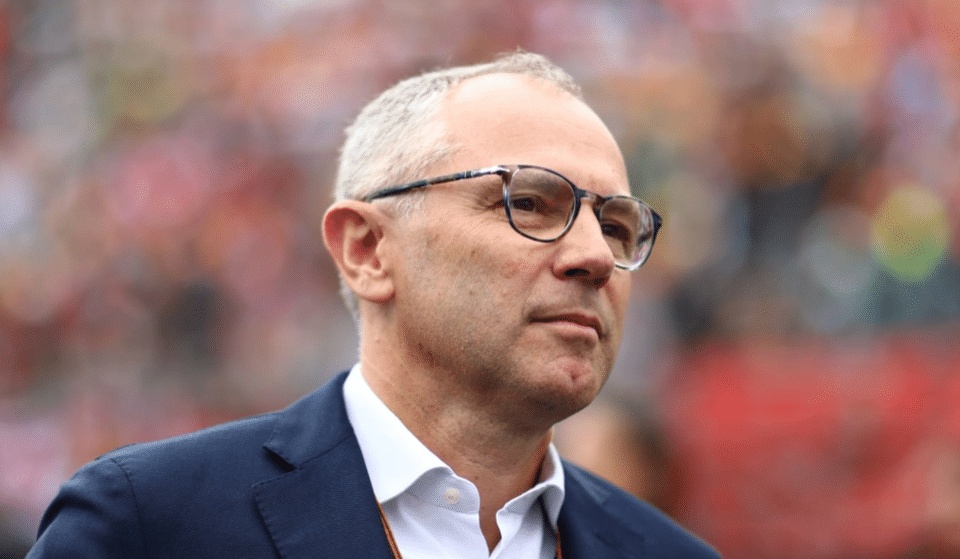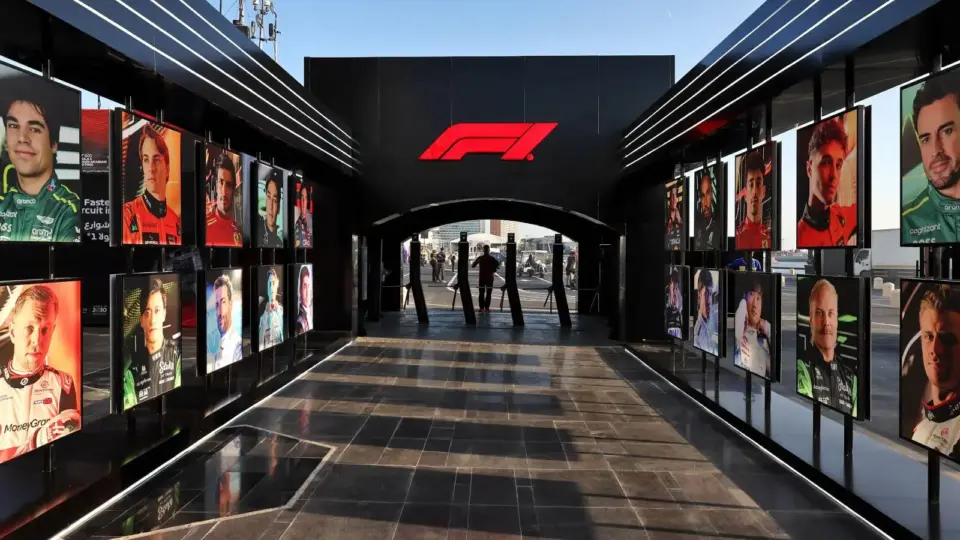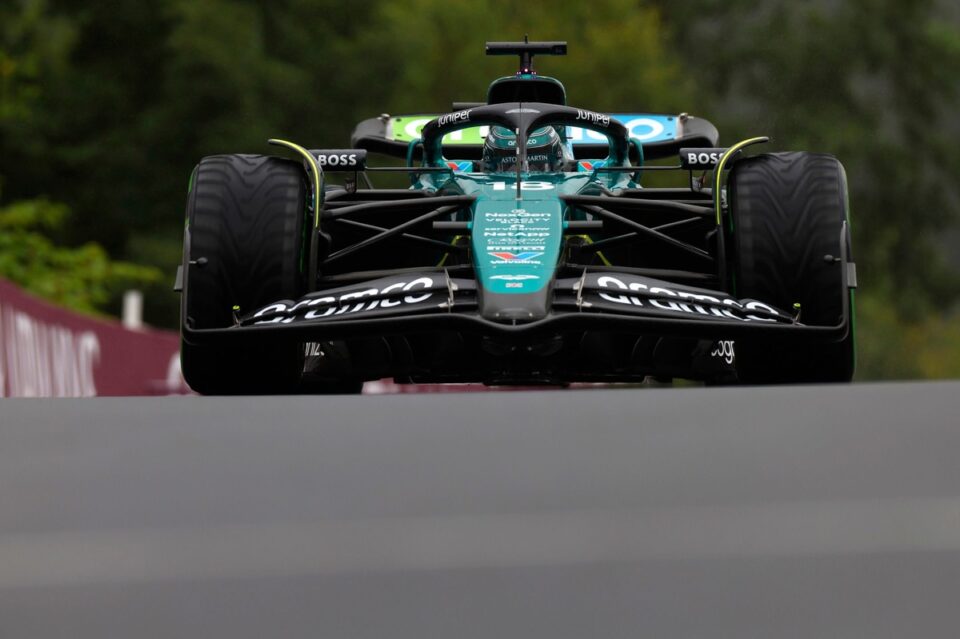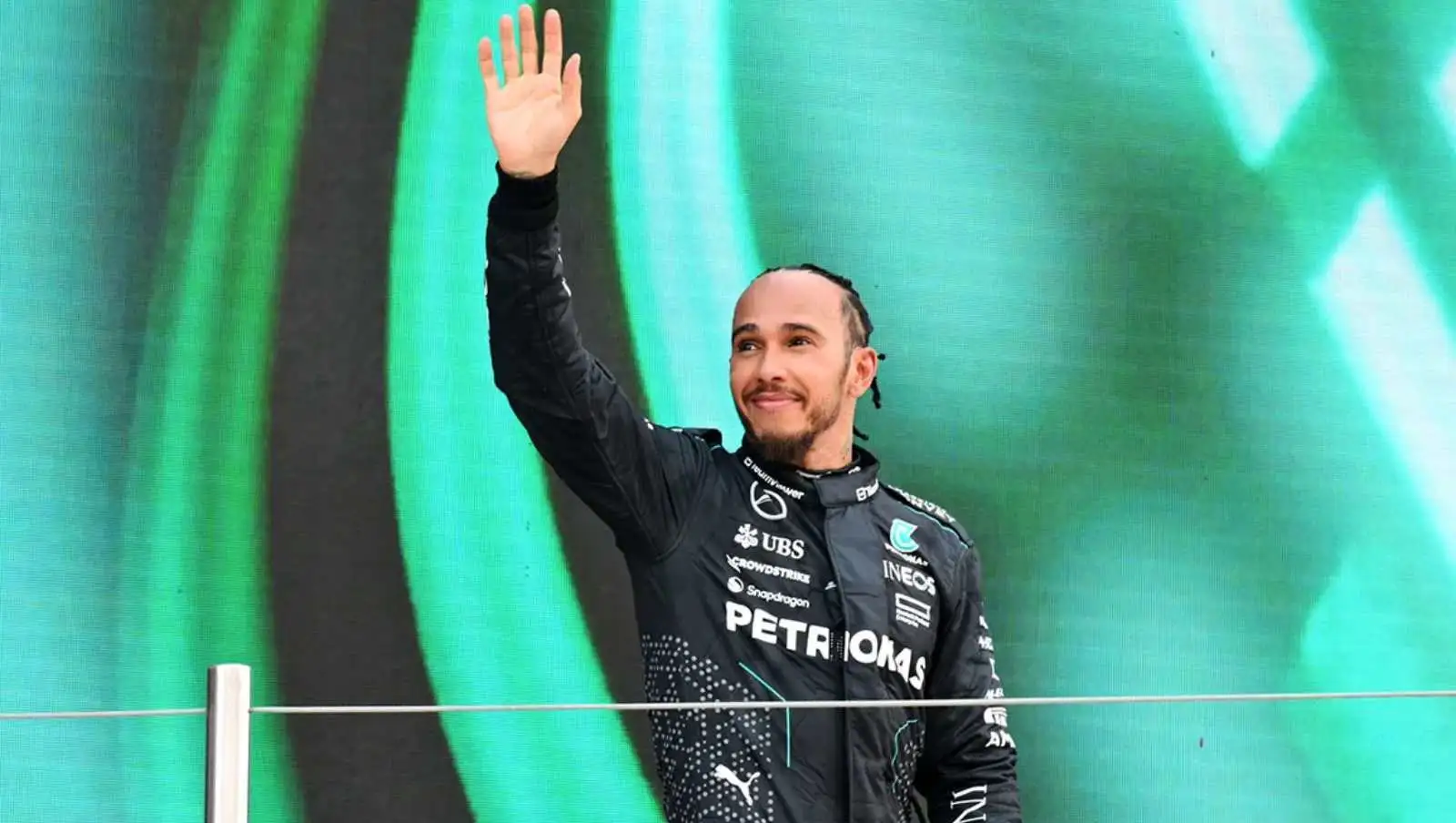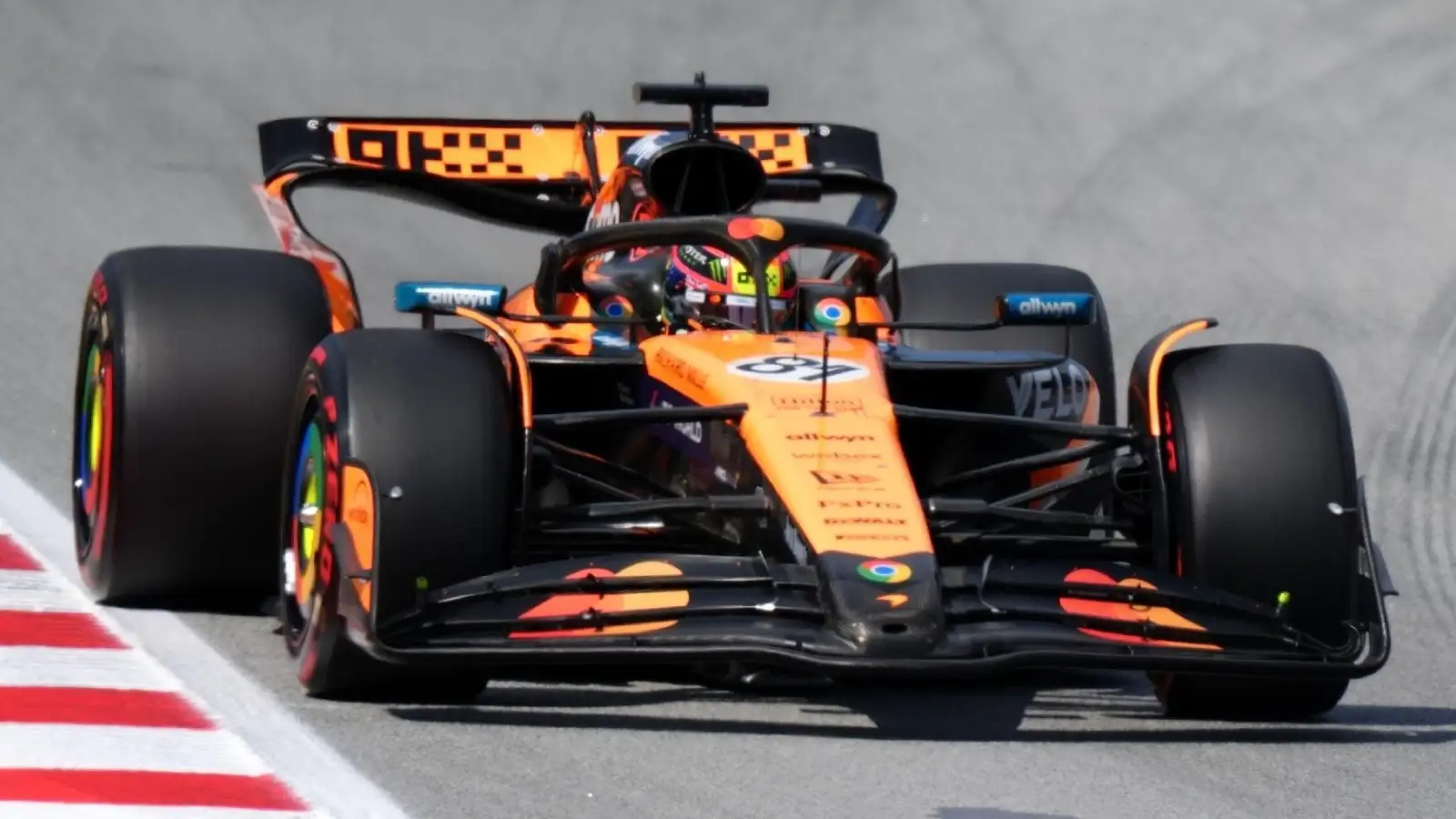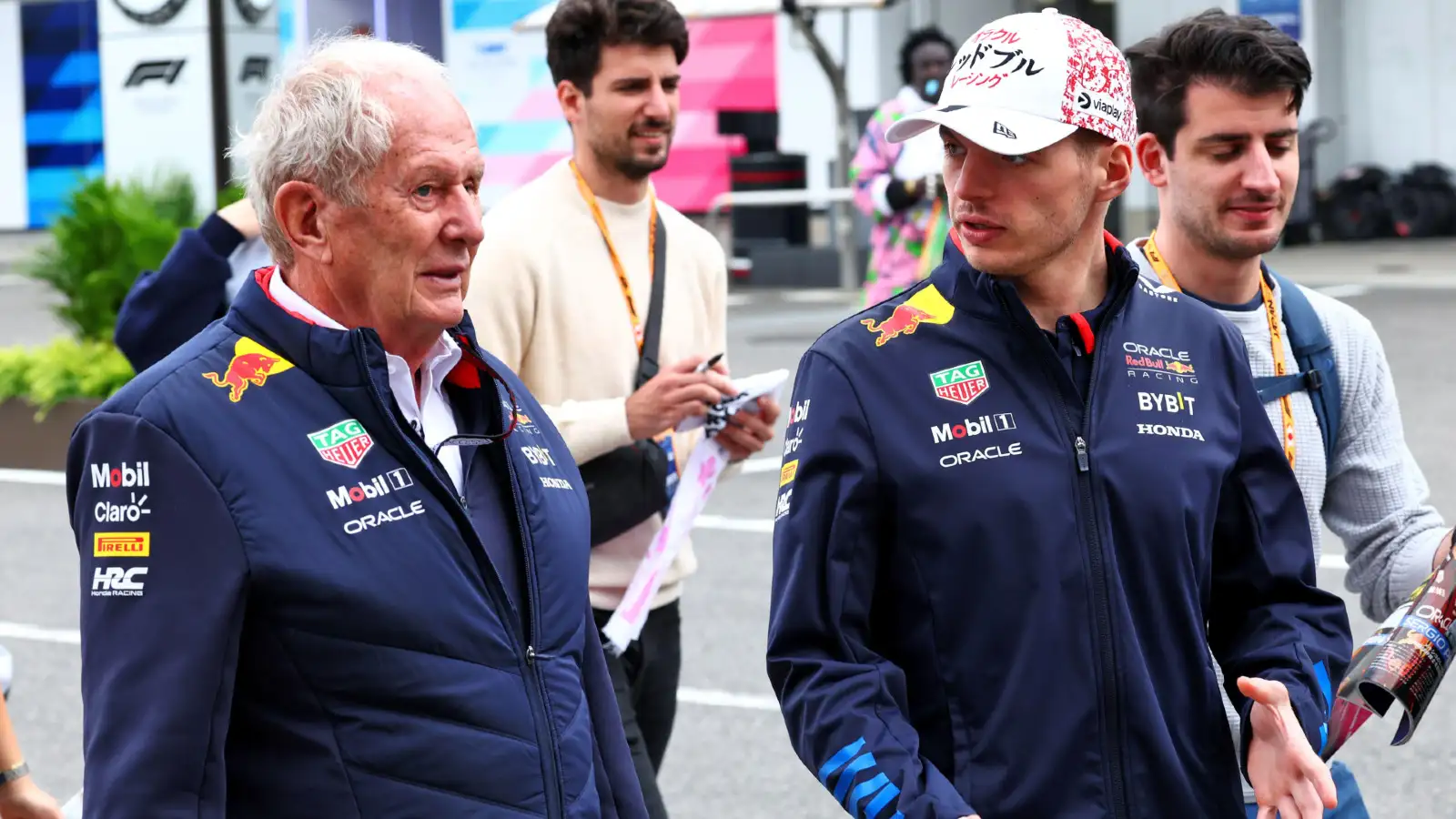Formula One’s chief executive Stefano Domenicali has hinted at a seismic shift that could see top drivers like Max Verstappen and Lando Norris starting from the back of the grid. This proposed change aims to inject fresh excitement into the races and has ignited significant debate among the racing community.
Domenicali’s suggestion of a reverse grid format is designed to bring more action and variety to race weekends. This concept, already familiar to fans of Formula Two and Formula Three, remains controversial. Some fans and drivers appreciate the potential for increased overtaking and dynamic racing, while others criticize it as an artificial enhancement of excitement.
In 2025, the F1 calendar will feature six sprint races. Although these sprint races have delivered thrilling battles, they have also faced criticism for their lack of strategic depth and tire management, crucial elements that contribute to the appeal of Grand Prix racing. Domenicali is committed to keeping sprint races but is open to making them more exciting, potentially by introducing reverse grid races.
Domenicali stated, “We can really discuss again whether it is necessary to reverse the grid or half the grid, like in F2 and F3. Personally, I would say why not? There’s a lot of action… There is overtaking. You’re fighting for points? Some people might say, ‘Oh, it’s a fake way of racing.’ Fake? There is nothing fake about what you think is the right format to produce great action.”
Predictably, not everyone is on board with the proposed changes. Max Verstappen, known for his candid opinions, expressed his lack of interest in any format changes. “Just a normal race weekend, please. Thank you. I’m not interested in any changes [to the format]. I just don’t like it,” he said when questioned about reverse grid sprints.
The reverse grid format does promise a more visually thrilling race for spectators but also brings significant challenges. Reversing the entire grid could make it almost impossible for the pole sitter to score meaningful points due to the overtaking difficulties on many circuits. Adopting a system similar to Formula 2, where only the top 10 are reversed and the rest of the grid is determined by qualifying results, could mitigate this issue but might reduce the incentive for drivers in the lower half of the grid to push aggressively.
In a related development, Formula One is investigating new venues, including Rwanda, which is making strides in its planning for a possible Grand Prix. “They are serious,” Domenicali confirmed, adding that Rwanda has presented a promising plan, and discussions are scheduled for September. This move is part of F1’s broader strategy to expand its global footprint, particularly in Africa, which last hosted a race in 1993.
Reflecting on the successful expansion into the USA with three races, Domenicali is looking to new regions. He mentioned evaluating Thailand after the Singapore race as another potential venue for future events. Although a street race in Bangkok was previously planned, development was interrupted by the COVID-19 pandemic. The current discussions may take a different approach.
Domenicali emphasized the growing global interest in hosting Formula One races, stating that many countries are now eager to have F1 events. With the race calendar stabilizing at 24 events, medium-term discussions are ongoing about potential additions from 2026 to 2028. Formula One continues to balance its rich traditions with the need to engage a modern audience, exploring innovative ways to keep the sport exciting for fans globally.
Under Stefano Domenicali’s leadership, Formula One is exploring major changes and new venues to keep the sport dynamic and globally appealing. The conversations about the future of F1 are evolving, with these potential developments poised to significantly impact the racing world.
